
A simplified overview of the carotenoid biosynthesis pathway in golden rice. The enzymes expressed in the endosperm of golden rice, shown in red, catalyze the biosyntheis of beta-carotene from geranylgeranyl diphosphate. Beta-carotene is assumed to be converted to retinal and subsequently retinol (vitamin A) in the animal gut
Peter Bramley discovered in the 1990s that a single phytoene desaturase gene (bacterial CrtI) can be used to produce lycopene from phytoene in GM tomato, rather than having to introduce multiple carotene desaturases that are normally used by higher plants.Lycopene is then cyclized to beta-carotene by the endogenous cyclase in golden rice.
The scientific details of the rice were first published in Science in 2000,the product of an eight-year project by Ingo Potrykus of the Swiss Federal Institute of Technology and Peter Beyer of the University of Freiburg. At the time of publication, golden rice was considered a significant breakthrough in biotechnology, as the researchers had engineered an entire biosynthetic pathway.

The first field trials of golden rice cultivars were conducted by Louisiana State University Agricultural Center in 2004.Additional trials have been conducted in the Philippines and Taiwan, and in Bangladesh (2015).Field testing provides an accurate measurement of nutritional value and enables feeding tests to be performed. Preliminary results from field tests have shown field-grown golden rice produces 4 to 5 times more beta-carotene than golden rice grown under greenhouse conditions.
CCrossbreeding
In several countries, golden rice has been bred with local rice cultivars.or crossbred with the American rice cultivar 'Cocodrie'. As of March 2016, golden rice has not yet been grown commercially, and backcrossing is still ongoing in current varieties to reduce yield drag.
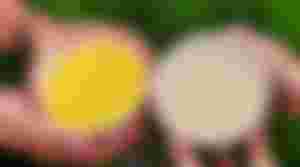
Golden Rice 2
In 2005, a team of researchers at Syngenta produced Golden Rice 2. They combined the phytoene synthase gene from maize with crt1 from the original golden rice. Golden rice 2 produces 23 times more carotenoids than golden rice (up to 37 µg/g), and preferentially accumulates beta-carotene (up to 31 µg/g of the 37 µg/g of carotenoids).
AApprovals
In 2018, Canada and the United States approved golden rice for cultivation, with Health Canada and the US Food and Drug Administration declaring it safe for consumption. This followed a 2016 decision where the US Food and Drug Administration had ruled that the beta-carotene content in golden rice did not provide sufficient amounts of Vitamin A to make a nutritional claim.Health Canada declared that golden rice would not affect allergies, and that the nutrient contents of golden rice were the same as in common rice varieties, except for the intended high levels of provitamin A. In 2019, it was approved for direct use as human food and animal feed or for processing in the Philippines.This does not constitute approval for commercial propagation in the Philippines, which is a separate stage that remains to be completed.
Vitamin A ddeficiency

Prevalence of vitamin A deficiency. Red is most severe (clinical), green least severe. Countries not reporting data are coded blue. Data collected for a 1995 report.
The research that led to golden rice was conducted with the goal of helping children who suffer from vitamin A deficiency (VAD). In 2005, 190 million children and 19 million pregnant women, in 122 countries, were estimated to be affected by VAD. VAD is responsible for 1–2 million deaths, 500,000 cases of irreversible blindness and millions of cases of xerophthalmia annually. Children and pregnant women are at highest risk. Vitamin A is supplemented orally and by injection in areas where the diet is deficient in vitamin A.

As of 1999, 43 countries had vitamin A supplementation programs for children under 5; in 10 of these countries, two high dose supplements are available per year, which, according to UNICEF, could effectively eliminate VAD.[31] However, UNICEF and a number of NGOs involved in supplementation note more frequent low-dose supplementation is preferable.
Because many children in VAD-affected countries rely on rice as a staple food, genetic modification to make rice produce the vitamin A precursor beta-carotene was seen as a simple and less expensive alternative to ongoing vitamin supplements or an increase in the consumption of green vegetables or animal products. Initial analyses of the potential nutritional benefits of golden rice suggested consumption of golden rice would not eliminate the problems of vitamin A deficiency, but could complement other supplementation.Golden Rice 2 contains sufficient provitamin A to provide the entire dietary requirement via daily consumption of some 75g per day.

Since carotenes are hydrophobic, sufficient fat must be present in the diet for golden rice (or most other vitamin A supplements) to alleviate vitamin A deficiency. Vitamin A deficiency is usually coupled to an unbalanced diet (see also Vandana Shiva's arguments below). Moreover, this claim referred to an early cultivar of golden rice; one bowl of the latest version provides 60% of RDA for healthy children. The RDA levels advocated in developed countries are far in excess of the amounts needed to prevent blindness.

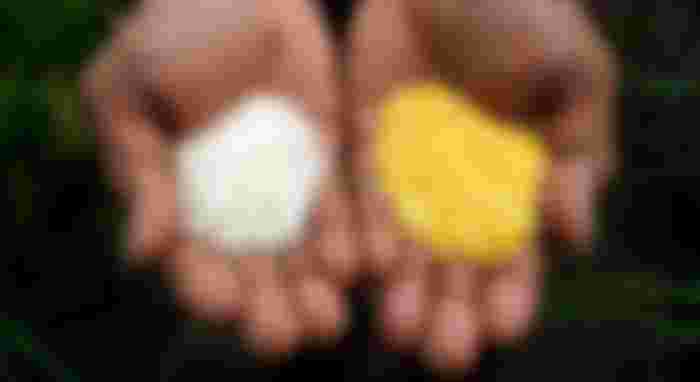
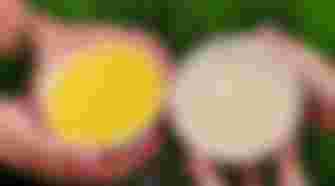
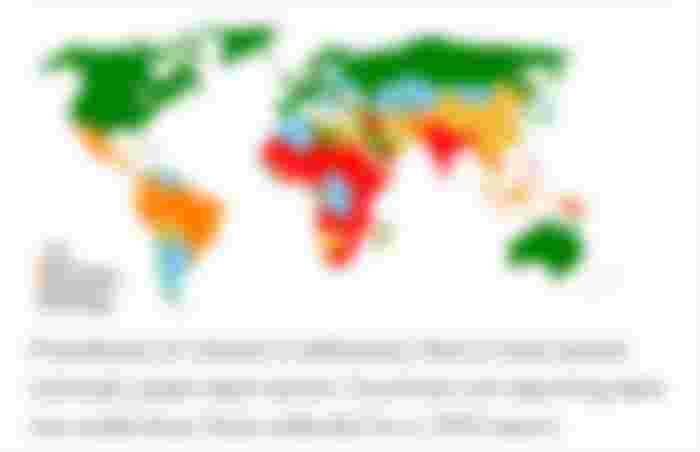
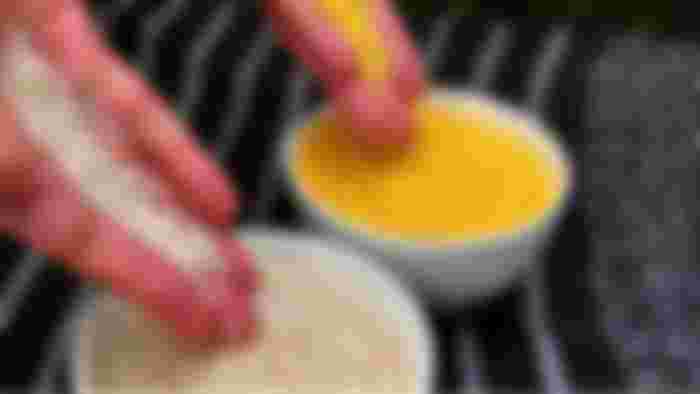

good job,,,,plzz visit my post,,,,https://read.cash/@MH_Mehedi/no-body-believes-a-lair-477bf50a